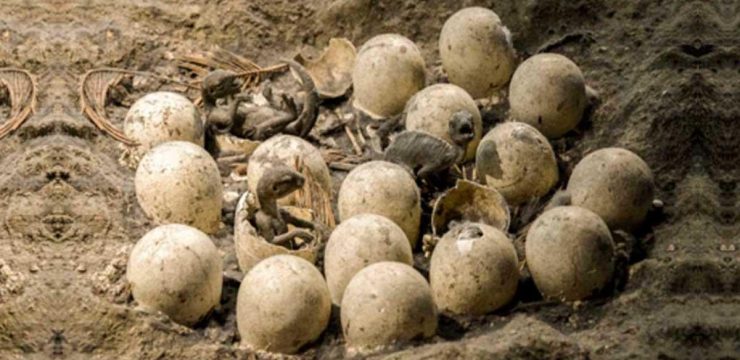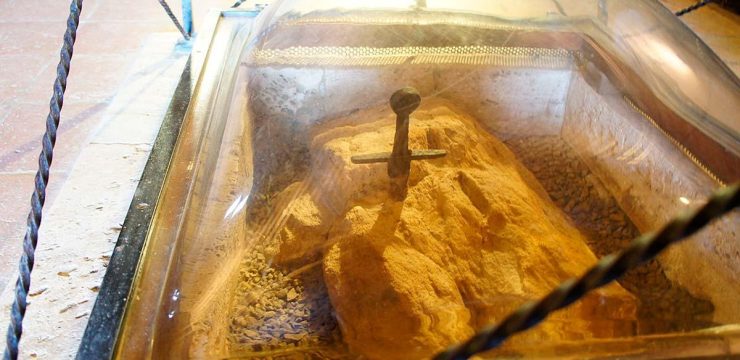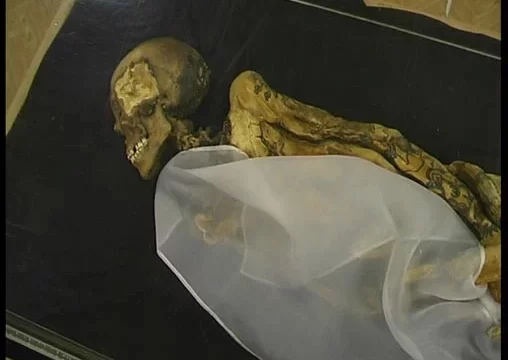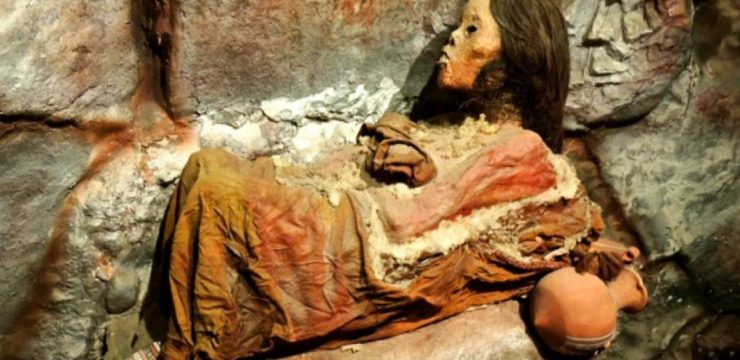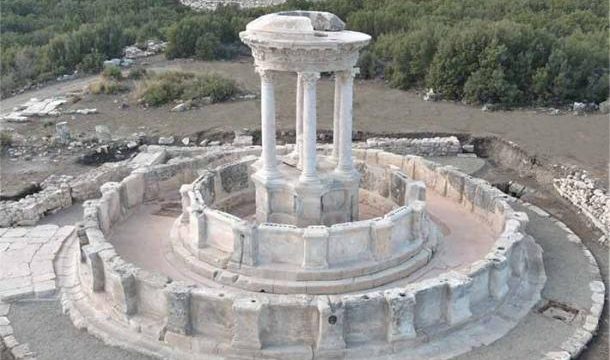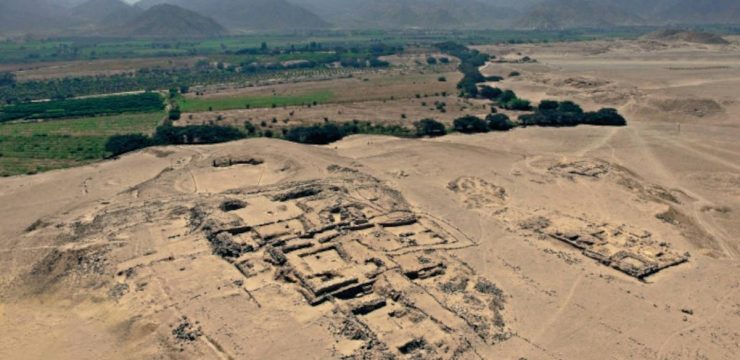Perched high on the windswept northern slopes of Peru’s Paracas Peninsula, the Paracas Candelabra commands attention with its grand scale and mysterious form. Carved deep into the arid hillside and stretching an astonishing 180 meters (nearly 600 feet) in height, this massive geoglyph has fascinated archaeologists, travelers, and researchers for generations. Visible from miles out at sea, particularly from the Pacific Ocean, the Candelabra continues to challenge modern understanding with its cryptic presence and enduring silence.
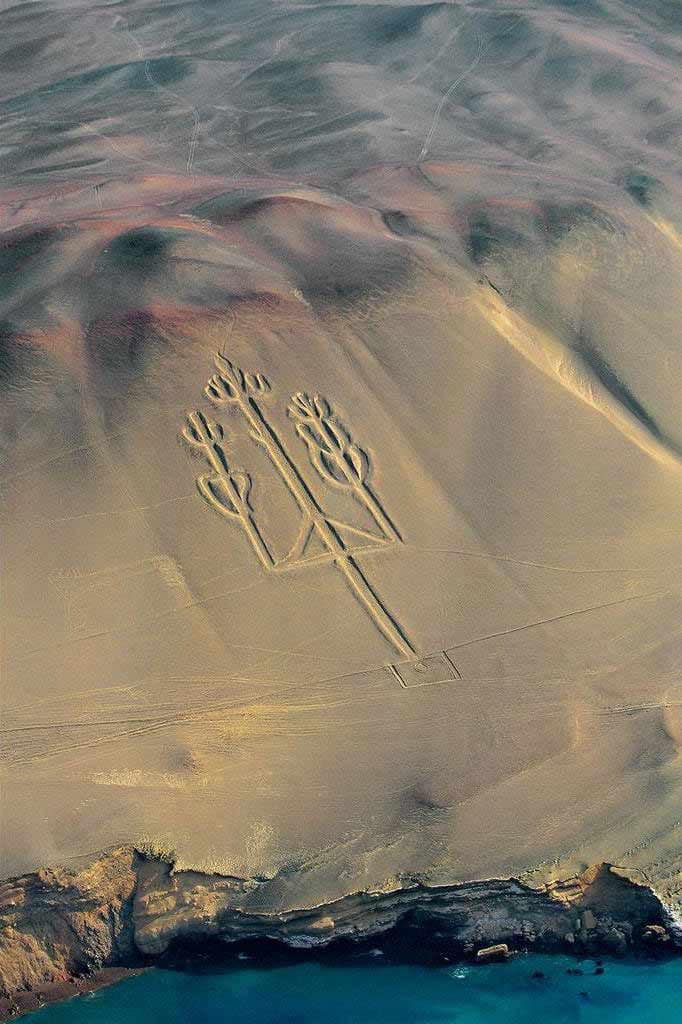
Its bold silhouette, etched into the dry earth, is often compared to a trident or candelabrum, yet the true purpose and origin of the Paracas Candelabra remain unresolved. Commonly linked to the Paracas culture, which thrived between 800 BC and 100 BC, the geoglyph’s timeline is still debated. Some scholars suggest that the carving could date back even further, potentially crafted by an earlier or parallel Andean civilization. The lack of definitive evidence—no accompanying tools, artifacts, or written records—only adds to the allure and mystery surrounding its creation. In fact, the uncertainty surrounding who created it and why has led to a wide range of fascinating interpretations.
One of the most widely discussed theories is that the Candelabra served as a navigational guide for ancient mariners. Given its size and the fact that it can be seen from the sea on a clear day, it is reasonable to believe that this geoglyph might have helped seafarers find their way along the rugged and often dangerous Peruvian coastline. Before the advent of compasses or advanced navigation tools, civilizations relied heavily on visible landmarks, and a symbol this prominent would have served as a perfect reference point for those approaching the shore or sailing along the coast. The harsh terrain and unpredictable waters would have made such a marker both practical and necessary.
Others believe the geoglyph holds spiritual or ceremonial significance. This theory suggests that the Candelabra may have marked important astronomical events, such as solstices or equinoxes, aligning with celestial bodies in a way that guided agricultural or religious calendars. Similar to the famous Nazca Lines located further south, which are believed to have had ritualistic purposes, the Paracas Candelabra could have played a central role in the belief systems of those who lived nearby. Fertility ceremonies, offerings to gods, or sacred rites might have taken place near or in reference to the symbol. Some researchers even believe that the shape of the geoglyph could reflect a hallucinogenic plant used in shamanic practices, linking the symbol to altered states of consciousness and spiritual journeys.
Theories also suggest the geoglyph may have functioned as a territorial or political marker. In this view, the grand scale of the Candelabra would serve to assert dominance or control over a particular region. It could have communicated a group’s presence, strength, or influence to other nearby communities. The effort required to create such a massive, enduring design would not only demonstrate communal organization but also the presence of a structured leadership or a shared cultural identity. In a landscape with few permanent structures, the Candelabra might have stood as a fixed symbol of power, unity, and belonging.
Despite the many hypotheses, what’s most striking is how little we truly know about the Candelabra. The absence of concrete data has not hindered scholarly interest—it has only amplified it. Its resilience over centuries, standing undisturbed despite harsh weather conditions and time’s erosion, speaks volumes about the techniques and foresight of its creators. It offers a glimpse into the complex world of ancient Andean civilizations, revealing their sophisticated understanding of landscape, spirituality, and communication.
The Paracas Candelabra is more than an archaeological site; it is a symbol of the enduring curiosity and innovative spirit that defines humanity. Its creators, whoever they were, left behind a message etched into stone and earth—one that still resonates across time. Whether they intended it to guide sailors, honor the divine, or claim the land, their work continues to stir imagination and spark debate. In a modern world of rapid change and fleeting moments, the Candelabra reminds us of a different kind of permanence—of stories told without words and of meanings still waiting to be discovered.
As we stand in awe of this ancient design, we are reminded that not all human achievements are found in books or museums. Some are carved into the very earth, waiting patiently for someone to look, to question, and perhaps one day, to understand. The Paracas Candelabra invites us to do exactly that—to reflect not only on the past but also on the nature of human creativity and the mysteries we still strive to solve. Its presence remains timeless, an enduring testament to the artistic vision, cultural depth, and engineering prowess of the people who once called this land home.
